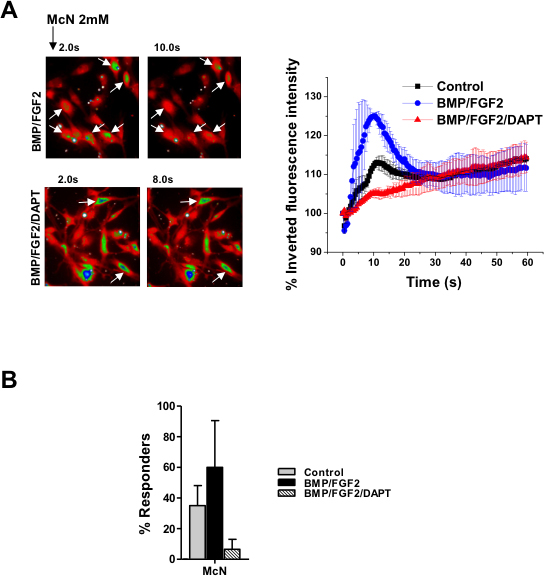Figure 4. Cytosolic calcium ([Ca2+]i ) response to muscarinic receptor activation is consistent with the development of an retinal ganglion cell (RGC) phenotype
by Notch-1 inhibition in human Müller glia with stem cell characteristics (hMGSCs). A: Examplary heat map images are shown with Fura Red-loaded hMSCs cultured under control conditions and after treatment with
basement membrane protein (BMP), basic fibroblast growth factor-2 (FGF2) and N-[N-(3,5-Difluorophenacetyl)-L-alanyl]-S-phenylglycin
t-butyl ester (DAPT). The images are recorded at 40× magnification and are representative of fluorescence intensity before
(2 s) and at the maximum effect of receptor activation (10 s and 8 s, respectively). Control cells showing a small, slow decrease
in fluorescence intensity in response to McN-A343 exposure, which signifies an increase in [Ca2+]i, are marked with white arrows. Cells cultured with BMP, FGF2 and DAPT showed a similar response to McN-A343 (left panel).
Untreated hMGSCs (control, n=39 cells from three experiments) and hMGSCs treated with BMP, FGF2, and DAPT (n=32 cells from
two experiments) responded to the muscarinic receptor agonist McN-A343 (2 mM) with a small reduction in the inverted fluorescence
intensity, displayed as a percentage of the value at 0 s, corresponding to a minor rise in [Ca2+]i, which was greatly augmented after treatment with BMP and FGF2 alone (n=42 cells from two experiments, *p<0.05 and ***p<0.001,
respectively). B: There was no significant alteration in the percentage of cells responding to the muscarinic receptor agonist McN-A343 with
or without differentiation by Notch-1 inhibition (n=50 from four experiments).

 Figure 4 of
Becker, Mol Vis 2013; 19:1925-1936.
Figure 4 of
Becker, Mol Vis 2013; 19:1925-1936.  Figure 4 of
Becker, Mol Vis 2013; 19:1925-1936.
Figure 4 of
Becker, Mol Vis 2013; 19:1925-1936. 